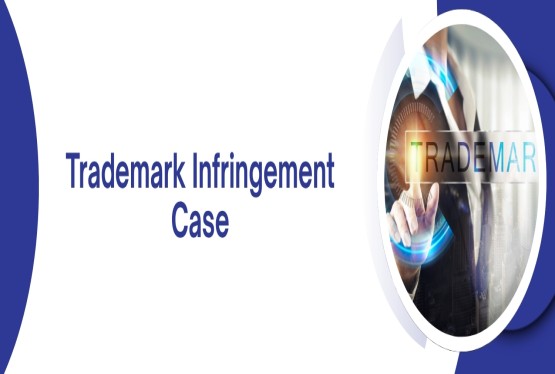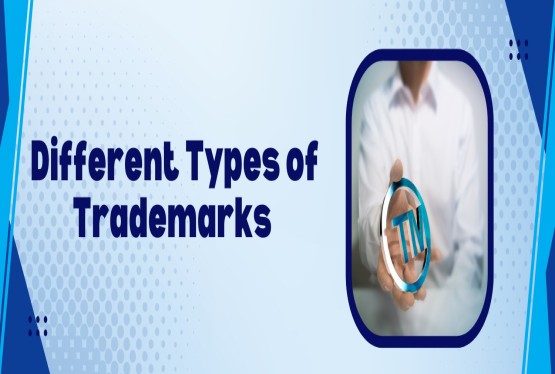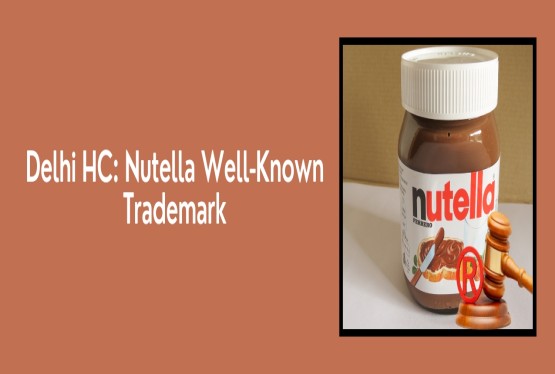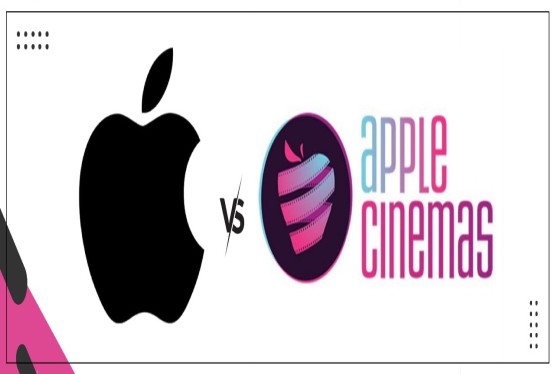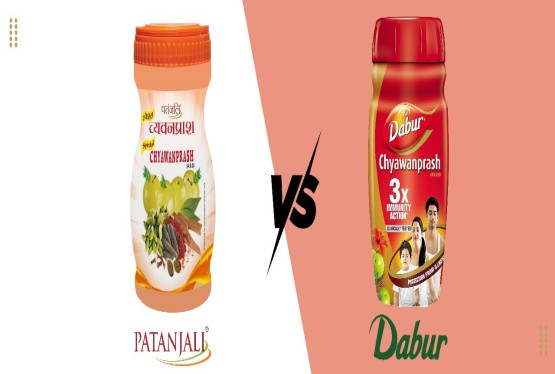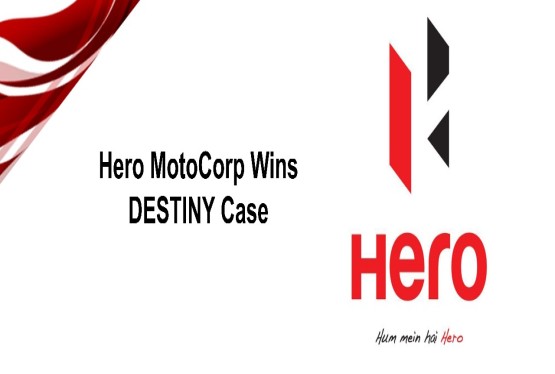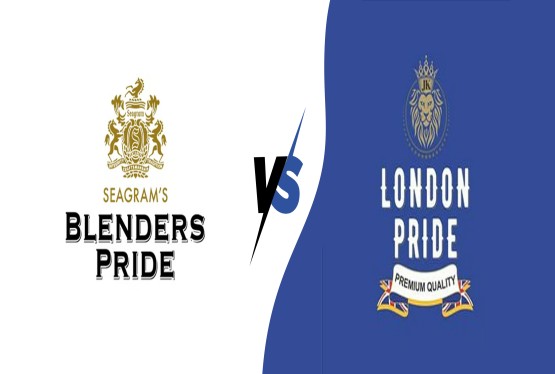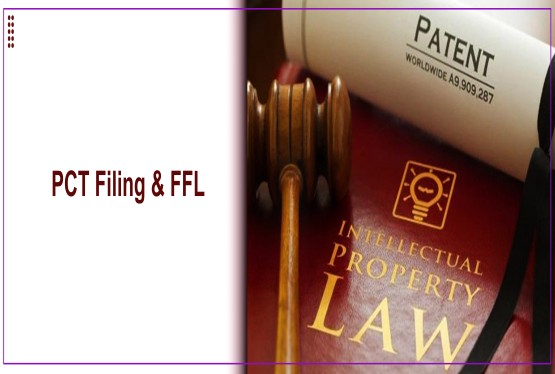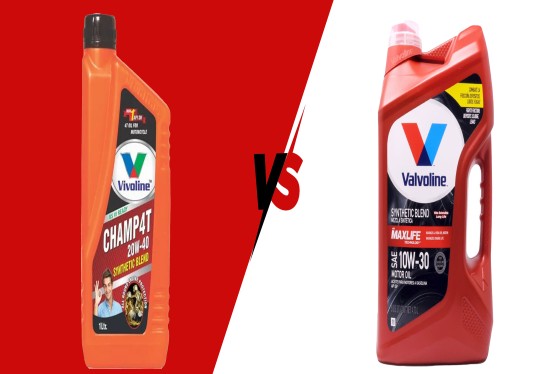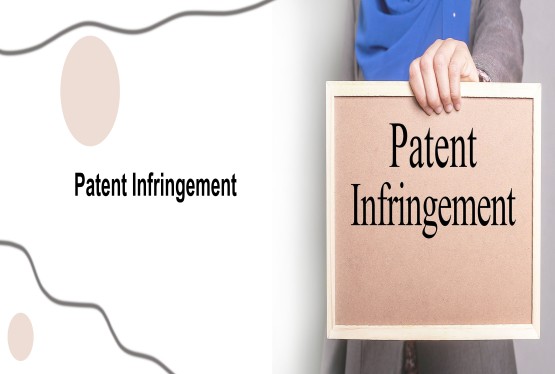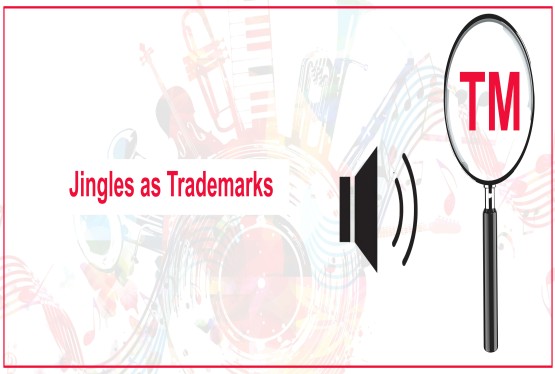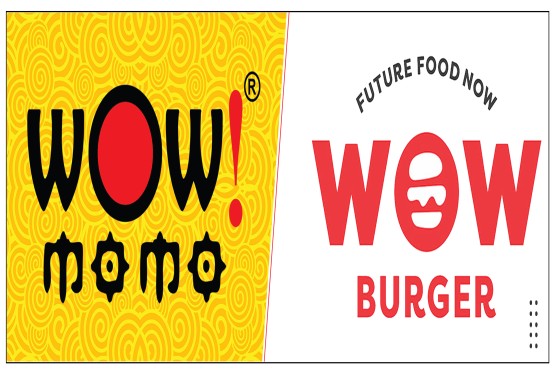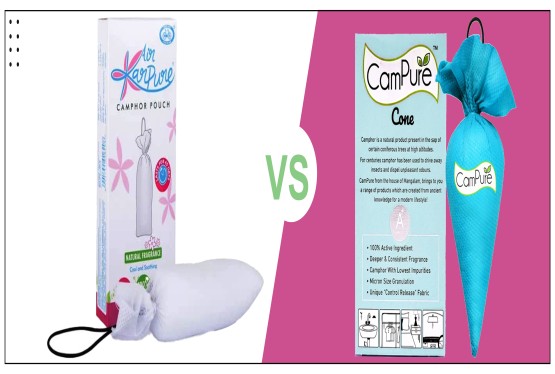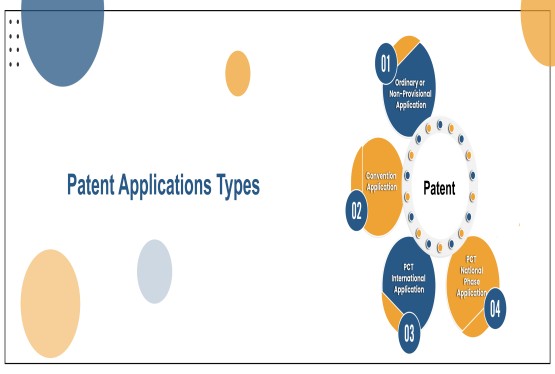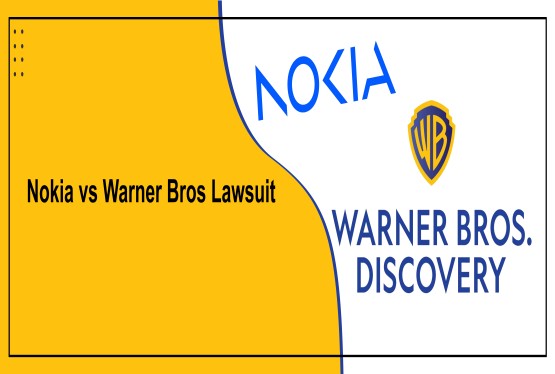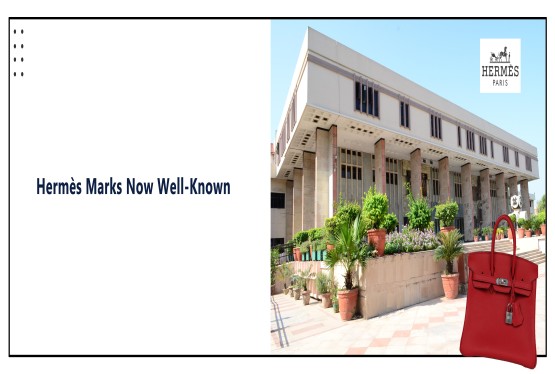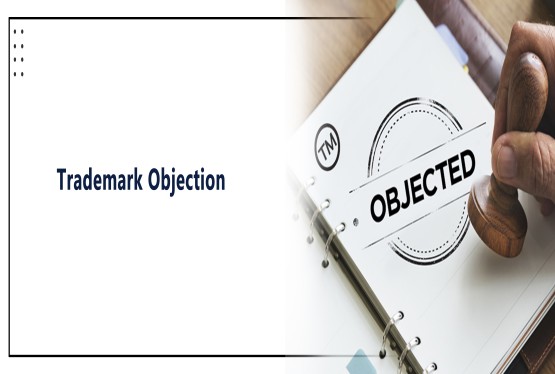“Schezwan Chutney” is a highly popular spicy condiment that has become synonymous with Indo-Chinese cuisine in Indian households. Capital Foods Private Limited, under its brand Ching’s Secret, claims to be the pioneer in creating and popularizing this product in the Indian market. The company asserts that it coined the term “Schezwan Chutney” and owns both a registered trademark for the name and a copyright on the artistic design of its product packaging.
The legal contention arises from the fact that several manufacturers have started using the same term “Schezwan Chutney” on their own food products. Which came to light through trademark monitoring This led Capital Foods to initiate trademark infringement and passing off actions against such companies, arguing that they were trying to take unfair advantage of the goodwill associated with its brand. The dispute has resulted in multiple legal proceedings before the Delhi High Court, with differing judicial interpretations regarding the protectability of the term “Schezwan Chutney.”
First Legal Setback for Ching’s: Delhi HC Judgment by Justice Navin Chawla
In the ruling of case Capital Foods Pvt. Ltd. v. Radiant Indus Chem Pvt. Ltd Justice Navin Chawla of the Delhi High Court dealt with an application filed by Capital Foods seeking an ad-interim injunction against Radiant Indus Chem Pvt. Ltd. The plaintiff sought to restrain the defendant from using the terms “Schezwan Chutney” and “Szechuan Chutney” on its food products. The plaintiff argued that the use of these terms amounted to trademark infringement and passing off, especially as the defendant’s packaging closely resembled that of Ching’s products in terms of color, placement of text, and overall get-up.
The Court had to determine whether “Schezwan Chutney” was a distinctive trademark coined by the plaintiff or a descriptive term that simply indicated the nature and flavor of the product. Upon review, the Court held that the phrase “Schezwan Chutney” was merely descriptive, representing a chutney flavoured with Schezwan spices, and not something that could be claimed as proprietary by one company. Justice Chawla applied the “Competitor’s Need Test” derived from McCarthy on Trademarks, observing that all competitors dealing in similar products may need to use the term “Schezwan Chutney” to describe their own offerings.
The Court also emphasized the distinction between a product descriptor and a source identifier. While the term “Schezwan Chutney” described the type of condiment being sold, the source-identifying marks were “Ching’s Secret” for the plaintiff and “Mrs. Foodrite” for the defendant. As these house marks clearly differentiated the origin of the products, the Court concluded that no case of dishonesty or misrepresentation was made out. Consequently, the Court rejected the plea for injunction, reasoning that allowing one company exclusive rights to a descriptive phrase would create a monopoly over a common food term.
Click here to know more about trademark opposition process.
Turning Point: Interim Relief in Ching’s Favour in Later Case
In the case of Capital Foods Pvt. Ltd. v. Pitambari Products Pvt. Ltd involving a different defendant Pitambari Products Pvt. Ltd. Ruled in Favor of Capital Foods. Justice Manmeet Pritam Singh Arora granted an ex parte ad-interim injunction preventing Pitambari from manufacturing or selling any product under the name “Schezwan Chutney.” The Court clarified that the injunction was limited to the use of the mark “SCHEZWAN CHUTNEY” and did not extend to the trade dress or visual appearance of the packaging used by the defendant.
This ruling marked a significant deviation from the earlier one. The Court observed that Ching’s held a valid and subsisting trademark registration and trademark renewal for the word mark “Schezwan Chutney,” as well as a copyright registration for the associated packaging design. The judge found that the plaintiff had made out a prima facie case for trademark infringement, and an interim injunction was necessary to protect its rights until further hearings. The injunction was granted even without hearing the defendant, indicating that the Court saw an urgent need to preserve the status quo and prevent further infringement. The next date for a full hearing was scheduled for December 16, 2025.
Exploring the Legal Framework
Descriptive vs Distinctive Marks
A central issue in this case is the difference between descriptive and distinctive marks. Descriptive marks directly refer to the nature, quality, or ingredients of the product. These are usually not protected unless they acquire distinctiveness through long and exclusive use. In contrast, distinctive or coined marks inherently distinguish the source of the goods and are easily eligible for trademark protection.
In the case of “Schezwan Chutney,” while it appears to describe a product containing Schezwan flavor, Capital Foods contends that the term has acquired secondary meaning in the minds of consumers, who associate it with the Ching’s brand. This is key in determining whether protection can be extended to the phrase.
Trademark Registration and its Power
Under Section 31 of the Trademarks Act, 1999, a registered trademark is presumed valid. This presumption strengthens the plaintiff’s case, as seen in the later ruling. However, this presumption is rebuttable, and the defendant can challenge the registration under Section 9, which excludes protection for marks that are descriptive or lack distinctiveness.
In the earlier Radiant Indus Chem case, although Ching’s had a registered mark, the defendant did not challenge the registration itself. The Court evaluated the nature of the mark and ruled that the registration did not automatically entitle the plaintiff to protection in this instance. In contrast, the later ruling shows that a valid registration can still be sufficient for obtaining interim relief, even if the descriptiveness of the mark is later debated.
Ad Interim Injunctions
An ad interim injunction is granted to preserve rights temporarily until the final resolution of the case. Courts consider three factors: the existence of a prima facie case, whether irreparable harm would result without the injunction, and the balance of convenience.
In the earlier ruling, the Court found that the balance did not Favor granting an injunction due to the descriptive nature of the mark. However, in the latter case, the Court found that Ching’s registration and evidence of copyright justified interim protection, at least until a detailed hearing is held.
Why Two Different Outcomes?
The two different outcomes can be explained by the discretionary nature of interim relief and the specific facts and arguments presented in each case. Courts may take different views depending on the urgency, extent of alleged copying, and overall conduct of the parties. In the Radiant case, the use of “Schezwan Chutney” by the defendant was within a larger, distinguishable trademark, and the Court emphasized consumer clarity due to house marks. However, in the Pitambari case, the Court may have found stronger evidence of infringement, possibly due to how the mark was used on social media and packaging without sufficient brand differentiation.
Moreover, in the Pitambari case, the ex parte nature of the injunction meant the defendant was not present to argue its case, and the Court erred on the side of protecting a registered mark. The defendant may still seek to vacate this injunction at the next hearing.
Key Takeaways for Trademark Owners and Competitors
This legal saga offers valuable lessons for businesses. First, companies must avoid relying on descriptive terms as core trademarks unless they have built substantial goodwill that makes the term distinctive. Second, while trademark registration provides a powerful presumption of rights, it does not guarantee success in enforcement if the mark is inherently descriptive. Third, companies should focus on building strong house marks and unique branding elements to distinguish their products. Courts do take such trade dress and house marks into account when deciding infringement cases.
Additionally, businesses must be careful when using terms that have entered public usage even if they were initially popularized by a single company. The doctrine of descriptiveness and need for generic use by competitors often outweighs claims of exclusivity unless clear secondary meaning can be proven.
Next Steps in the Pitambari Case
As per the Court’s direction, the interim injunction against Pitambari will remain in effect until the next hearing on December 16, 2025. During this hearing, the defendant will likely contest the interim order, possibly by filing an application under Order 39 Rule 4 CPC or challenging the trademark registration itself on the ground of descriptiveness. The outcome will hinge on whether Capital Foods can establish that “Schezwan Chutney” has indeed acquired distinctiveness through continuous and exclusive use, and whether the defendant’s conduct amounts to infringement or honest concurrent use.
Conclusion
The “Schezwan Chutney” case underscores the complexities involved in trademark protection of descriptive terms. While Capital Foods has successfully obtained interim relief in one instance, it has also faced rejection of its claims in another. The contrasting rulings highlight the importance of how a case is presented, the judge's interpretation of evidence, and the evolving legal landscape around descriptive and non-distinctive marks. For trademark owners, it reinforces the need to invest in building unique, coined, and distinctive brand identities. For competitors, it offers a cautionary tale about treading carefully around registered trademarks, even those that appear generic.
FAQs
Q1. What is the trademark dispute involving “Schezwan Chutney”?
Ans. The dispute centres around whether Capital Foods Pvt. Ltd., known for the Ching’s brand, can claim exclusive rights over the term “Schezwan Chutney,” which it has registered as a trademark. Other manufacturers have been using the same term to describe similar products, leading to legal action for alleged trademark infringement and passing off.
Q2. Why did Capital Foods file cases against other companies?
Ans. Capital Foods alleged that companies like Radiant Indus Chem and Pitambari Products used the term “Schezwan Chutney” on their products, which it claims is a coined and distinctive trademark associated with Ching’s. It argued that such usage amounts to infringement and passing off.
Q3. What was the Delhi High Court’s initial ruling in the Radiant Indus Chem case?
Ans. Justice Navin Chawla of the Delhi High Court denied the injunction request, ruling that “Schezwan Chutney” is descriptive, indicating a type of chutney with Schezwan flavor, and therefore not exclusively protectable as a trademark.
Q4. Why did the Court consider “Schezwan Chutney” descriptive?
Ans. The Court held that the term directly describes the nature of the product i.e., a chutney flavoured with Schezwan spices and could be used by any competitor to describe similar goods, applying the “Competitor’s Need Test.”
Q5. What is the “Competitor’s Need Test” in trademark law?
Ans. This test checks whether the term in question is necessary for competitors to describe their own products. If yes, then the term is likely descriptive and not eligible for trademark exclusivity.
Q6. How did Ching’s argue in favor of its trademark?
Ans. Ching’s claimed that it coined the term “Schezwan Chutney” and that the mark had acquired distinctiveness through long-standing use and brand recognition. It also relied on its trademark registration and copyright on packaging artwork.
Q7. What was the second ruling in Ching’s Favor against Pitambari Products?
Ans. Justice Manmeet Pritam Singh Arora granted an ex parte interim injunction restraining Pitambari from using the mark “Schezwan Chutney,” noting that Ching’s is the registered proprietor of the mark and made a prima facie case.
Q8. What does “ex parte ad-interim injunction” mean?
Ans. It is a temporary court order granted without hearing the other party, typically issued to preserve the status quo until both sides can present their arguments in full.
Q9. Why were two different decisions made in similar cases?
Ans. Trademark disputes depend on case-specific facts, arguments, and judicial discretion. In the first case, the defendant's use was seen as descriptive and honest. In the second case, the Court found enough evidence to grant interim protection due to trademark registration and urgency.
Q10. Is a registered trademark like “Schezwan Chutney” automatically protected?
Ans. Yes, under Section 31 of the Trademarks Act, 1999, a registered trademark is presumed valid. However, this presumption can be rebutted if the mark is found to be descriptive or non-distinctive under Section 9.
Q11. What is the significance of house marks like “Ching’s Secret” and “Mrs. Foodrite”?
Ans. The Court in the first case noted that these house marks help consumers identify the source of the product, even when descriptive terms like “Schezwan Chutney” are used by both parties.
Q12. Can descriptive terms ever be protected under trademark law?
Ans. Yes, if the descriptive term acquires distinctiveness through secondary meaning, i.e., the public associates that term specifically with one brand due to long-term exclusive use and marketing.
Q13. What is the status of the Pitambari case?
Ans. The interim injunction against Pitambari is in force until the next hearing scheduled for December 16, 2025. The defendant may challenge the injunction or the validity of the trademark registration during the next proceedings.
Q14. What are the broader implications for businesses using descriptive terms?
Ans. Businesses should avoid relying on descriptive phrases as core trademarks unless they have strong evidence of secondary meaning. It’s safer to build distinctive and coined marks to secure long-term protection.
Q15. What should competitors do to avoid legal trouble in such cases?
Ans. They should:
-
Use their own distinctive house marks prominently,
-
Avoid copying the look and feel (trade dress) of another product,
-
Avoid using terms that have been registered as trademarks, even if descriptive, without legal review.

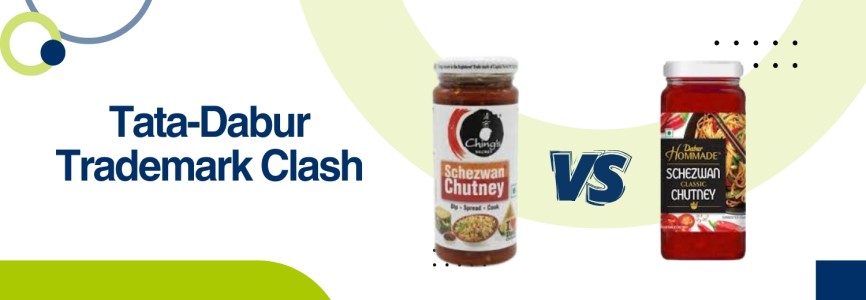




























_(b)_of_the_Trademark_Act,_1999_(1)_crop10_thumb.jpg)



_crop10_thumb.jpg)




























_crop10_thumb.jpg)
_crop10_thumb.jpg)






_crop10_thumb.jpg)








_crop10_thumb.jpg)



_crop10_thumb.jpg)





























_crop10_thumb.jpg)

















_crop10_thumb.jpg)






_crop10_thumb.jpg)












































































































































_crop10_thumb.jpg)




































_crop10_thumb.jpg)












_crop10_thumb.jpg)













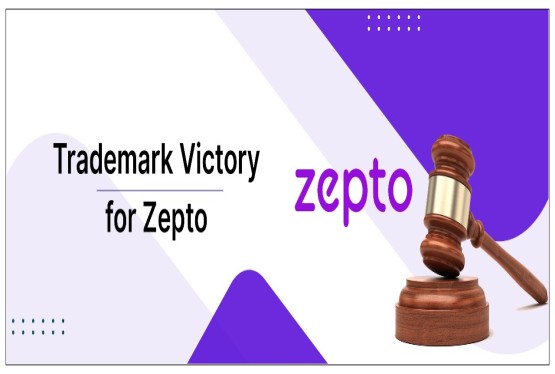




















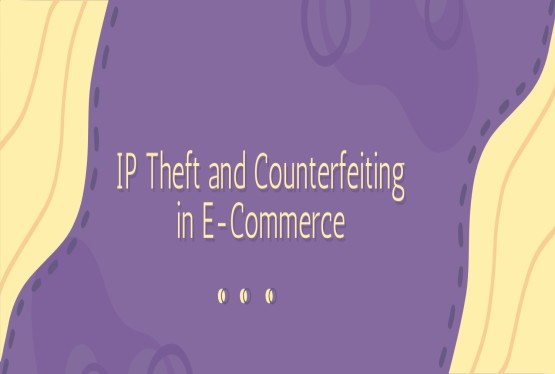












_crop10_thumb.jpg)






